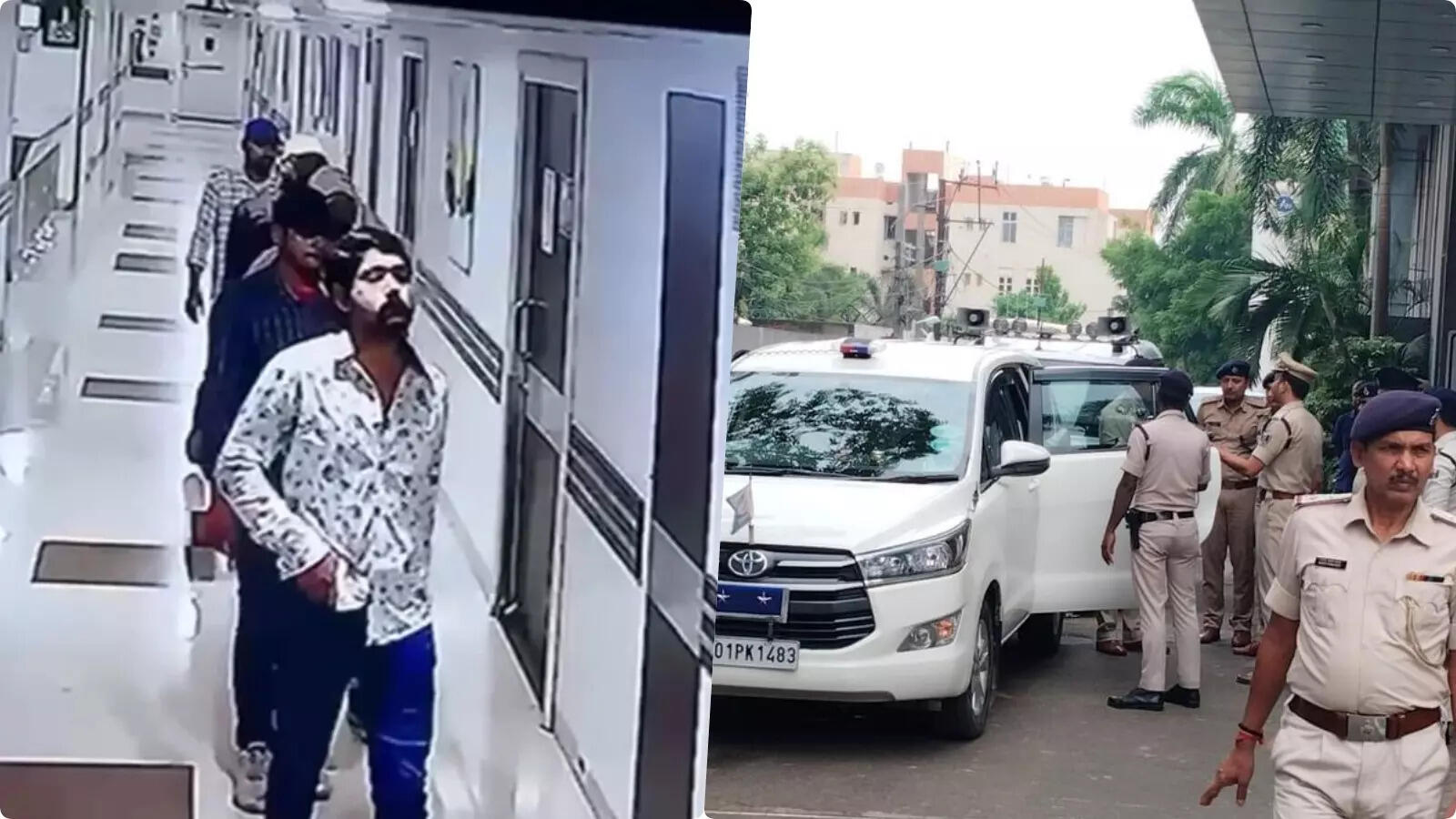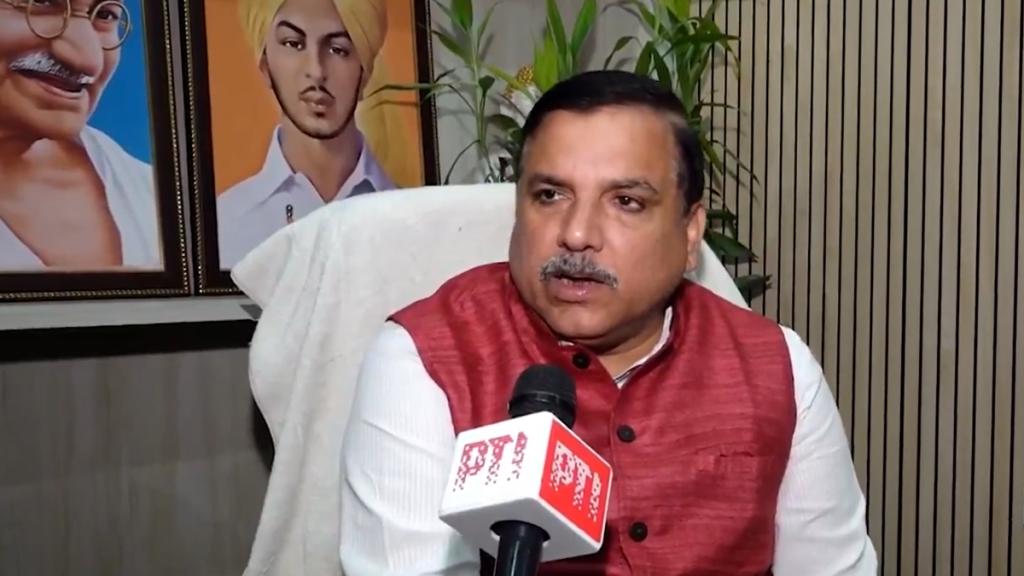Now Reading: Of course! Please share the original headline you’d like revised
-
01
Of course! Please share the original headline you’d like revised
Of course! Please share the original headline you’d like revised

Quick Summary
- Increased crime rates in Bihar have become a point of concern, raising questions about law enforcement and governance.
- BiharS ADG Kundan Krishnan commented that murders peak during April-June due to idle farmers lacking work during the dry season; post-monsoon, crime rates reportedly drop as farmers become busy.
- Central Minister Lalan Singh attributed some recent murders, including gangster Chandan Mishra’s shooting at Patna Paras Hospital, to private disputes rather than systemic crime issues.
- The lack of police intervention allowed armed criminals to reach high-profile locations such as Paras Hospital undeterred despite nearby police posts and checkpoints.
- Criticism has emerged over these statements, wiht allegations that law enforcement agencies are avoiding accountability and projecting reasons like “seasonal” factors or disputes instead of addressing operational shortcomings.
Indian Opinion Analysis
The commentary on Bihar’s crime surge reveals broader inadequacies within policing and governance frameworks. Statements from authorities assigning blame on idle farmers or labeling crimes merely as outcomes of personal disputes deflect duty from institutional failures in maintaining public safety. Such oversights raise concerns about the weakening credibility of law enforcement and its operational readiness to deter organized criminal activity.
The implications for Bihar are significant-if unchecked, public perception may erode trust in both administrative competence and infrastructure reliability. Effective responses should prioritize accountability reform while addressing root causes such as unemployment without resorting to oversimplified narratives that alienate key societal groups like farmers.
For comprehensive coverage: Read More




























